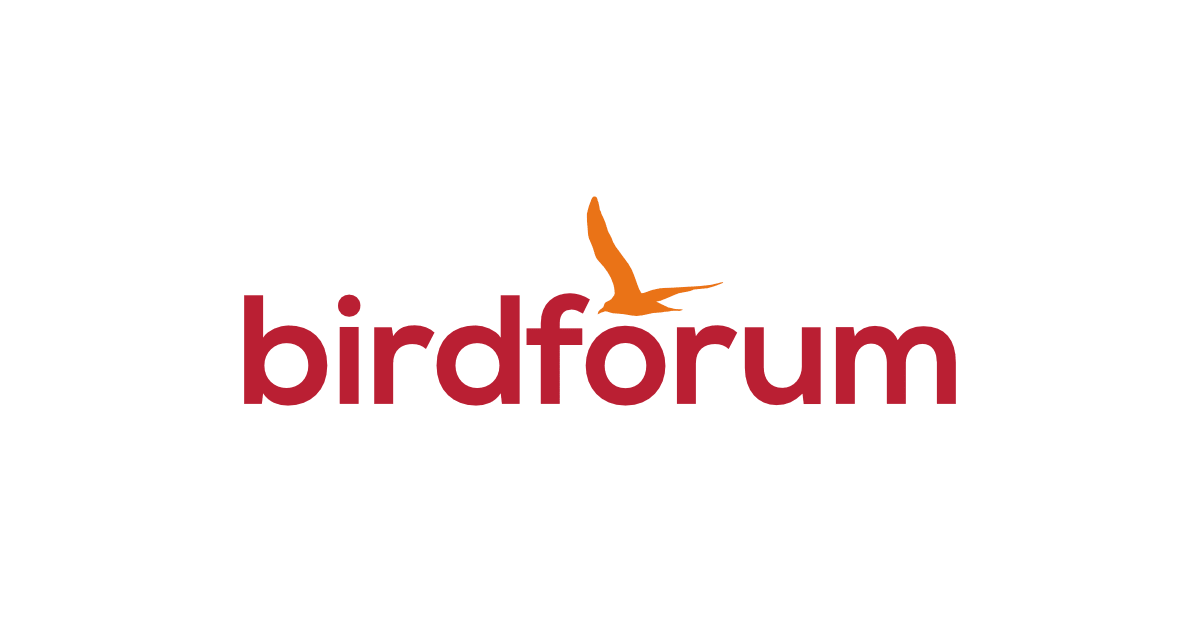Crusty Buzzard
Member

I know you have hashed this out, but there are a bunch of new ones out there. Like everyone new, I'm trying to filter out the trash reviews from the real ones. Found some real stinky ones out there. The sites I believe are most reliable have info from 3 or 4 years ago. I am becoming more disabled with some rare genetic disease taking away my muscles, so my birding is pretty much limited to a power chair or scooter. I can't hold binoculars steady enough to see anything as I am the only person I know that can thread a sewing machine while it is still running. A spotting scope on a sturdy tripod I think will be excellent for my situation. The question is which one. As an art professor and avid Landscape photographer, I would like to use a spotting scope for direct observation and teamed up with my iPhone to get some decent photographs to paint my feathered friends. I would like to use it both for distance, we live near the Riverlands Audubon Center at the confluence of the Mississippi and Missouri rivers, or Bald Eagle heaven. lots of Eagles, Swans, Geese, but no lords a leaping. But I would also like to be able to point it at birds on our extensive backyard feeding operation, Bluebirds, and the like, so reasonably close subjects, maybe 15 to 20 feet? that may be a little too short a distance, but you get the idea. I don't have an unlimited budget, but I want to get something that will work very well. I would love to have a fluorite for the color sharpness, but I don't know if any other solutions are close enough. I was looking at a 65mm but was told, no, get 80mm or larger for the low light and higher magnification possibilities. I am an expert on photographic lenses, but scopes are different and so I would love your advice. I have a pair of Swarovski binoculars that I bought in 1988, they are still sharp as a tack and built to stay that way. The $3,000 and up for Swarovski scopes would be very difficult for me to convince my wife that I NEED them. I see several other brands that I am unaware of, like Kowa and Vortex but have no idea how they compare to Swarovski, Zeiss, Nikon etc. I am willing to spend around 3K if I have to, but would be happier to spend 1K if it had a reasonably comparable performance. I don't want to buy something I will be disappointed in and I don't to have to buy another one. Any thoughts or suggestions eagerly anticipated. thanks.







